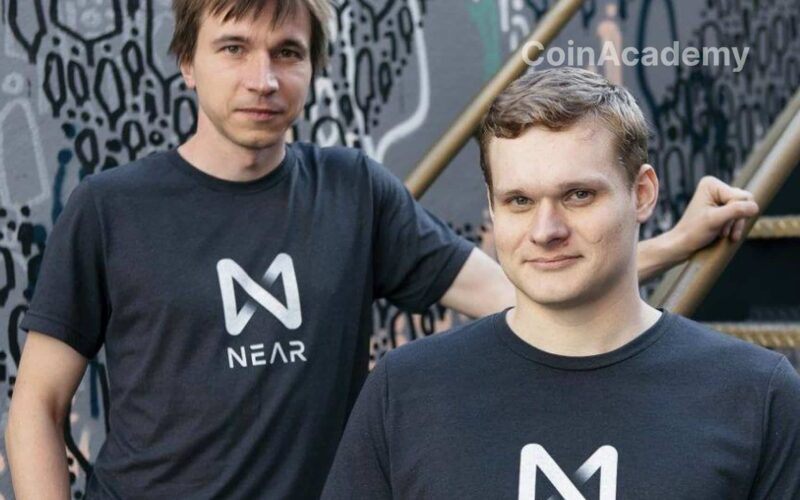NEAR Protocol recently reached a crucial milestone with the release of “Nightshade 2.0.
This advancement, years in the making, promises to radically transform how the blockchain handles scalability and transaction validation.
Stateless Validation: An Innovative Concept
One of the key features of this update is the introduction of “stateless validation” or “stateless validation“, a concept extensively discussed by Vitalik Buterin, co-founder of Ethereum, in his research. The central idea is to allow validators to no longer have to locally store the complete state of a shard. Instead, they can retrieve the necessary information directly from the network, improving the performance of individual shards and increasing the overall capacity of the network.
This stateless validation approach, still under development in other blockchains like Ethereum, could represent a pivotal breakthrough for blockchains seeking to increase scalability without compromising security. One of the biggest challenges faced by current blockchains is managing the exponential growth of data, a problem that stateless validation seeks to elegantly solve.
Comparison with Ethereum and Potential Impact
Ethereum, the second-largest blockchain, is also on a trajectory to fully integrate sharding, a concept which involves dividing the blockchain into sub-segments or ‘shards’. While Ethereum has recently implemented proto-danksharding as a first step towards complete sharding, the implementation of Nightshade 2.0 by NEAR could offer valuable insights for the Ethereum community.
In comparison, NEAR stands out with its speed and increased efficiency thanks to Nightshade 2.0, which, according to Bowen Wang, NEAR’s Protocol Lead, could multiply the network’s transaction processing capacity by five. This improved performance, combined with significantly reduced costs for validators, could not only enhance network decentralization but also attract more developers and businesses to the NEAR ecosystem.
Implications for the Crypto World
Beyond technical advantages, this NEAR update could have wider implications for the crypto industry. The ability of a blockchain to process a large number of transactions quickly and cost-effectively is a key factor in its adoption. In this regard, NEAR could become a preferred platform for developers looking to deploy large-scale decentralized applications (dApps).
Furthermore, improved decentralization through reduced costs for validators could strengthen network security, an increasingly crucial aspect as blockchains become critical infrastructures for a variety of financial and non-financial applications.
With Nightshade 2.0, NEAR not only establishes itself as a high-performance blockchain but also as an innovation lab that other blockchains, including giants like Ethereum, could draw inspiration from.




